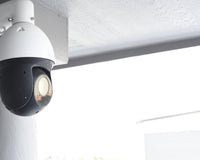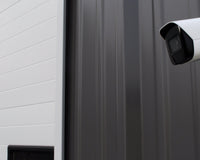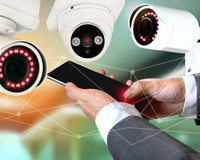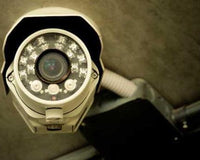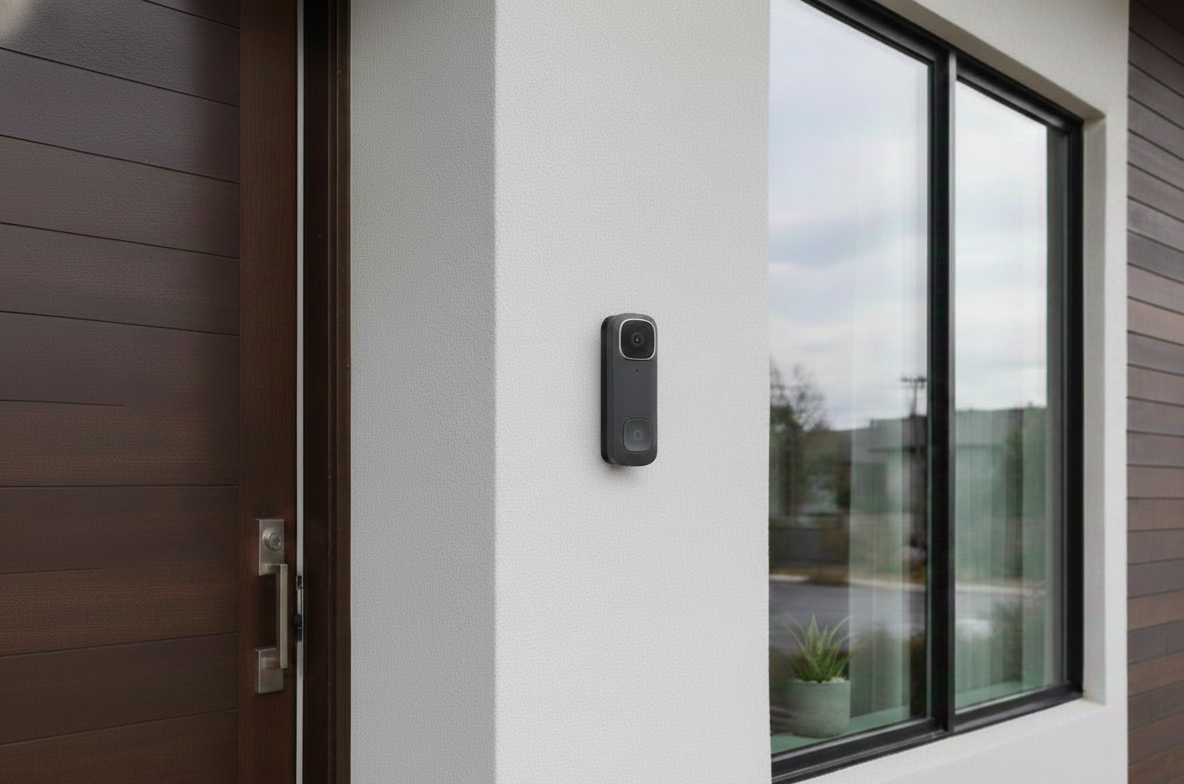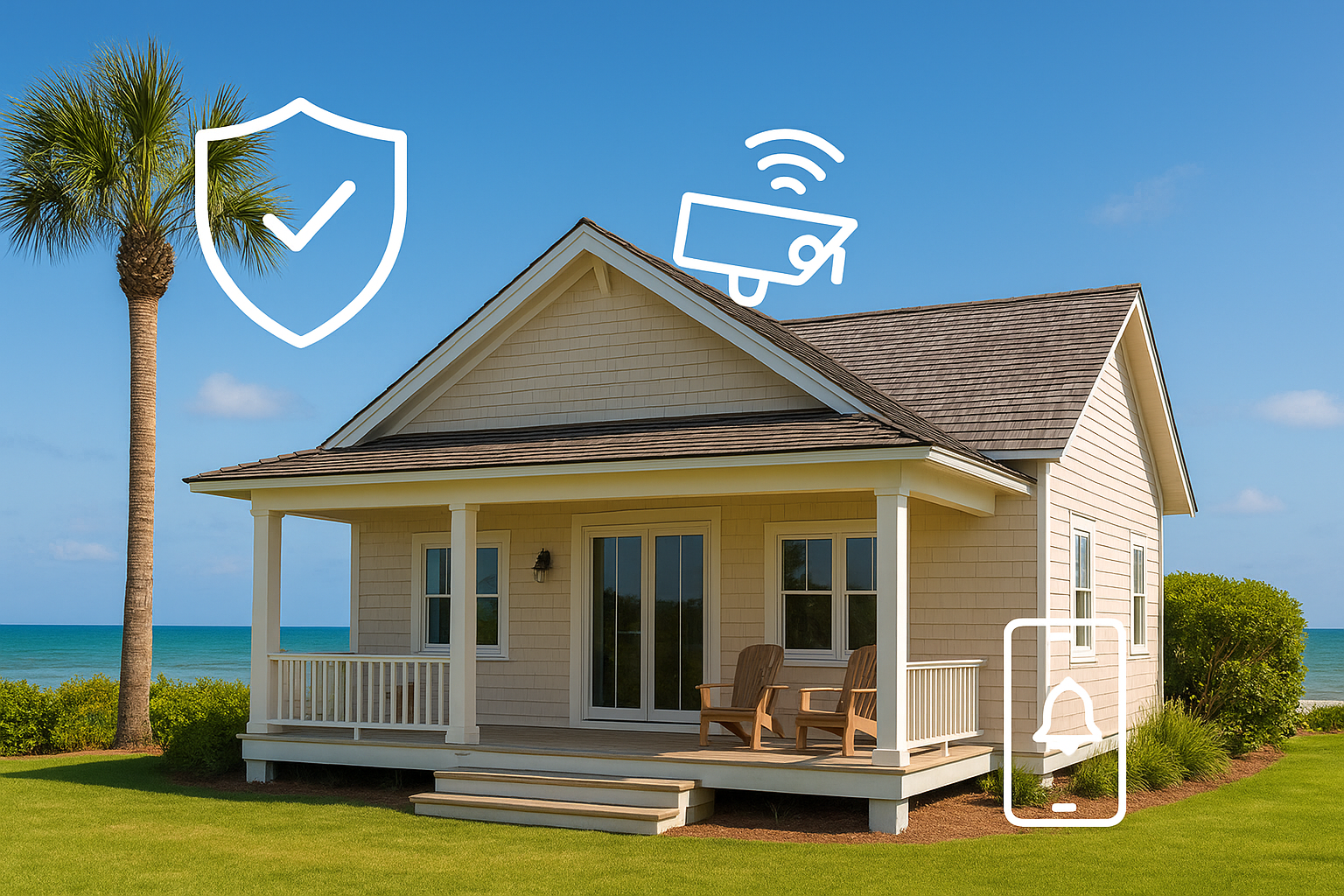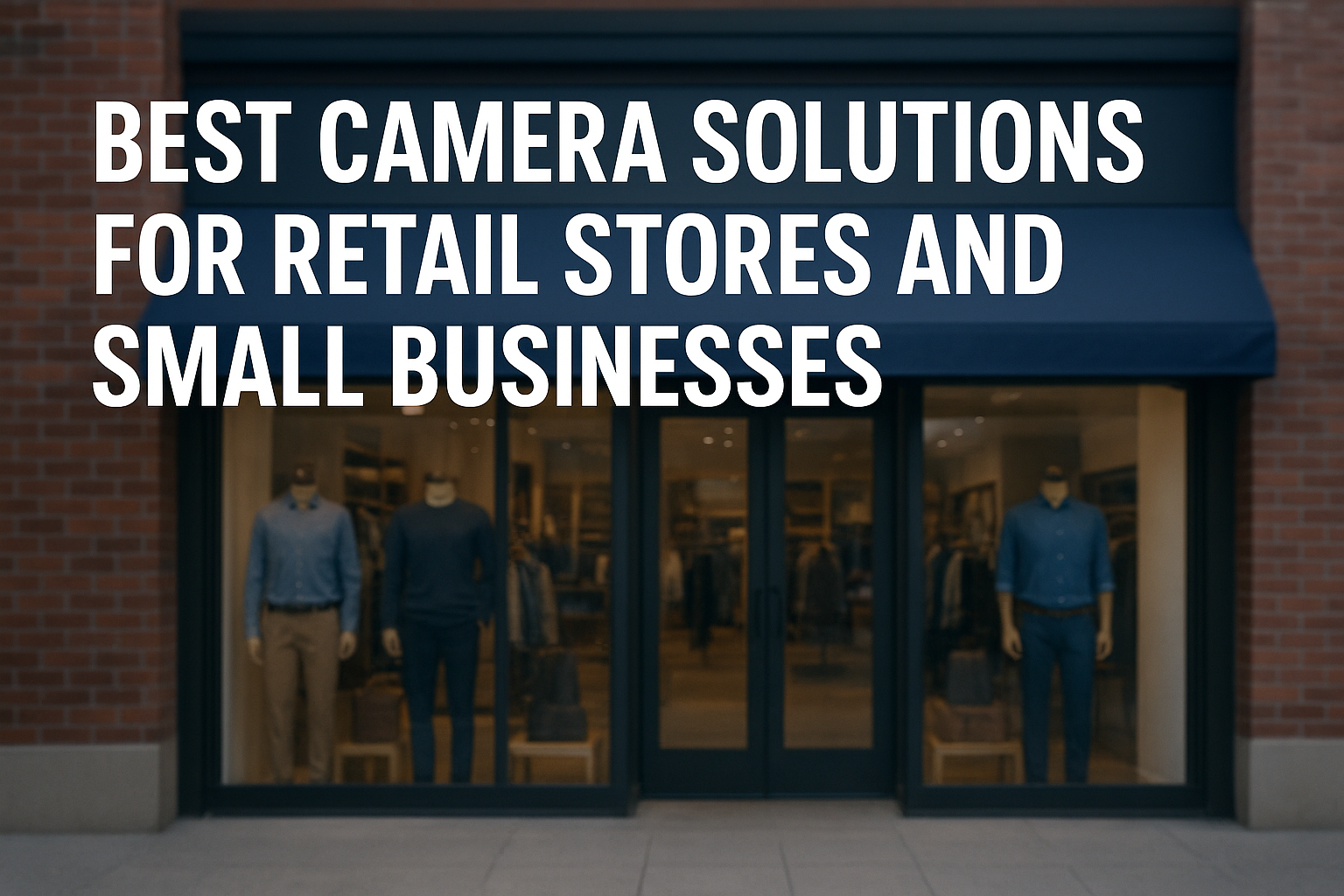CCTV cameras have become an essential part of our lives.
They're seen on the subway, in businesses, and in other places; video surveillance is now so prevalent that we don't think twice about it!
However, CCTV's history is lengthy, and camera technology has improved dramatically since this type of monitoring was originally created.
So when did CCTV technology become common, and when was it invented?
Live video capture was first employed in Germany during World War II by Walter Bruch. These early types of CCTV were utilized during the war to observe V-2 rockets.
Security cameras did not become available to the general public or outside of law enforcement agencies until seven years later, in 1949.
It quickly became a popular advanced security control and was adopted by Vericon in the United States as a governmental contractor. CCTV first arrived on British shores in 1960.
Read our guide to learn more about the interesting history of CCTV cameras and how they've become an everyday staple in society.
When Was CCTV Security Cameras Invented?
The first CCTV system was installed by Siemens AG at Test Stand VII in Peenemünde, Germany, in 1942.
The equipment used was a transmitting photoelectric pick-up tube; however, the images were not transmitted live. The first live transmission of images and video footage was accomplished by Bruch in 1945.
The first commercial closed-circuit television system was created in 1949 by Vericon, a company located in the United States.
At this time, security cameras were very large and bulky due to the technology available. They were also incredibly expensive, which made them inaccessible to most people.
The first CCTV system in the United Kingdom was installed by Ericsson in 1960. This system was installed in Battersea Power Station, and it was used to monitor the turbine hall.
The first IP camera, such as the most popular wireless security cameras, didn't appear until the 1990s. IP cameras were developed by Axis Communications and were used for video surveillance in Stockholm, Sweden.
The First Wireless Security Cameras
The first wireless cameras for video surveillance were invented in 1949 by a man named Paul Russell.
Russell was an engineer who worked for the British Broadcasting Corporation (BBC). His camera was designed to be used in outside broadcasting (OB) vans.
The camera was battery operated and used a frequency modulation (FM) signal to transmit the images. The range of the signal was approximately one mile for wireless cameras.
The First Body Worn Camera
The first body-worn camera was invented in 1998 by Steve Mann.
Mann is a Canadian engineer who is considered to be the father of wearable computing. His camera was designed to be worn on the body and used for security purposes.
The camera was battery operated and used a wireless connection to transmit the images. The images were stored on a computer that was located in the camera operator's car.
The First Digital Security Cameras
The first digital security cameras were invented in 1999 by Dr Jonathan Freeman.
Freeman is an engineer who worked for the United Kingdom's Ministry of Defense. His camera was designed to be used in military applications.
The camera used a charge-coupled device (CCD) sensor to capture the images. The images were stored on a computer that was located in the camera operator's car.
The First High Definition Security Cameras
The first high-definition CCTV camera was invented in 2000 by a company called Sharp.
Sharp is a Japanese electronics manufacturer. The camera was designed to be used in security applications.
The camera used a charge-coupled device (CCD) sensor to capture the images. The images were stored on a computer that was located in the camera operator's car.
The First Internet-Connected Security Cameras
The first internet-connected security camera was invented in 2001 by a company called Axis Communications.
Axis is a Swedish electronics manufacturer. The camera was designed to be used in security applications.
The camera used a charge-coupled device (CCD) sensor to capture the images. The images were stored on a computer that was located in the camera operator's car.
The First Smartphone Security Camera
The first smartphone security camera was invented in 2008 by a company called Eye-Fi.
Eye-Fi is an American electronics manufacturer. The camera was designed to be used in security applications.
The camera used a charge-coupled device (CCD) sensor to capture the images. The images were stored on a computer that was located in the camera operator's car.
The First Cloud-Connected Security Camera
The first cloud-connected home security camera was invented in 2009 by a company called Dropcam.
Dropcam is an American electronics manufacturer. The camera was designed to be used in security applications.
The camera used a charge-coupled device (CCD) sensor to capture the images. The images were stored on a computer that was located in the camera operator's car.
The First 4K Security Camera
The first 4K security camera was invented in 2013 by a company called Axis Communications.
Axis is a Swedish electronics manufacturer. The camera was designed to be used in security applications.
The camera used a charge-coupled device (CCD) sensor to capture the images. The images were stored on a computer that was located in the camera operator's car.
CCTV spreads worldwide
The first publicly available CCTV systems were established in 1949. Security camera access was improved for businesses, banks, and private homes rather than military forces thanks to the change.
CCTVs have been around for a long time before becoming popular. It was even used during Queen Elizabeth II's coronation in 1953. Katie McEntire - Safewise.com
How Has CCTV Evolved?
Security cameras have come a long way since they were first invented. The technology has improved dramatically, and the size and price of CCTV cameras have decreased significantly.
The first major improvement to modern CCTV systems was the introduction of the charge-coupled device (CCD) in 1973.
The CCD is a light-sensitive integrated circuit that amplifies and converts the images into digital form. This major improvement made CCTV cameras smaller, more efficient, and less expensive.
In the 1990s, another significant improvement was made to CCTV systems with the introduction of digital video recorders (DVRs).
DVRs replaced the need for tape-based recording systems and allowed for longer recording times.
They also made it possible to view footage from multiple security cameras on a single screen.
The introduction of the internet in the late 1990s and early 2000s led to another major advancement in CCTV technology: the ability to remotely view CCTV footage.
This allowed businesses and homeowners to monitor their property from anywhere in the world.
Today, security cameras are smaller, more affordable, and more advanced than ever before.
They come in a variety of shapes and sizes and can be used for a wide range of applications.
Video surveillance has become an essential part of our lives, and they're here to stay.
When Did CCTV Cameras Become Common?
Security cameras have become increasingly common in recent years.
They can be found in a variety of places, including businesses, schools, hospitals, and public transportation systems.
The use of modern security systems has been shown to deter crime and increase public safety.
They also provide law enforcement with a valuable tool for investigating crimes.
The widespread use of security cameras is a relatively new phenomenon.
They began to gain popularity in the 1990s and early 2000s as the technology became more affordable and advanced.
When Did Security Cameras First Use Motion Detection?
The first security cameras were passive devices that simply recorded images.
It wasn't until the early 2000s that this became a common feature in security cameras.
Motion detection is a technology that allows cameras to automatically start recording when they detect movement.
This is a valuable feature that helps to conserve storage space and improve the efficiency of security systems.
The use of motion detection has become more widespread in recent years as the technology has become more affordable.
The Rise In Mainstream Home Security
The early 2000s saw a rise in the use of surveillance cameras for home security systems.
This was likely due to a combination of factors, including the terrorist attacks of September 11th, 2001, and the increasing availability of high-speed internet.
Homeowners began to install a home security system to deter burglars and protect their families.
Many homeowners also found that they could monitor their property remotely through surveillance systems, which gave them an added sense of security.
The use of surveillance technology in the home is still relatively uncommon in some parts of the world; however, it is becoming more and more popular as the technology becomes more affordable.
Businesses Were Early Adopters Of CCTV Systems
Security cameras have been used in businesses for many years. They are an effective way to deter crime and increase security.
Businesses began installing security cameras in the 1990s, and their use has grown steadily since then.
The widespread use of CCTV technology is a relatively new phenomenon. They began to gain popularity in the 1990s and early 2000s as the technology became more affordable and advanced.
The rise in mainstream home security and the use of security cameras in businesses are two of the most significant factors that have contributed to the popularity of CCTV cameras.
When Was Security Camera first Used In Schools?
The use of video surveillance cameras in schools is a controversial topic.
There are pros and cons to using security cameras in schools.
Some people believe that they deter crime and help keep students safe. Others believe that they invade privacy and can be used to monitor and control students.
The use of surveillance cameras in schools began in the early 2000s.
They became more common after the terrorist attacks of September 11th, 2001.
Many schools installed security cameras in an effort to deter crime and increase security.
The use of surveillance cameras in schools is still a controversial topic, and there is no clear consensus on whether or not they are beneficial.
Conclusion
Security cameras have become increasingly common in recent years.
They can be found in a variety of places, including businesses, schools, hospitals, and public transportation systems.
The use of modern security systems has been shown to deter crime and increase public safety. They also provide law enforcement with a valuable tool for investigating crimes.
As technology continues to evolve, it is likely that the popularity of a security cameras will continue to grow.


